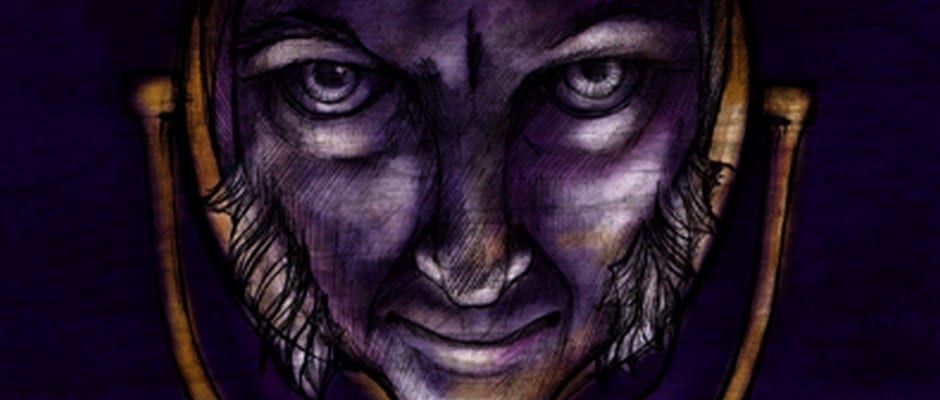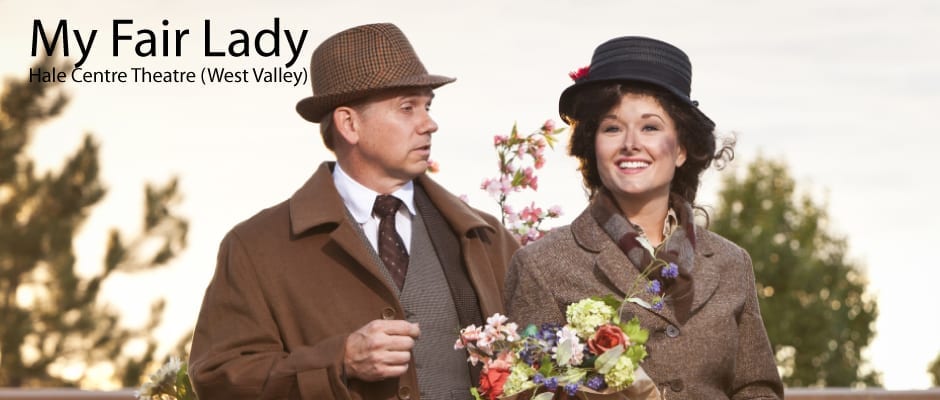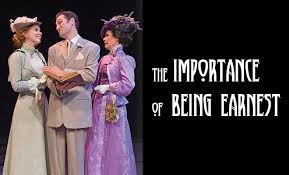MAGNA — For generations, A Christmas Carol has charmed millions of people in the English-speaking world with its tale of heartwarming change in the Christmas season. The theatre world has always embraced the story, with dozens of productions based on the book being performed during Dickens’s lifetime. The enthusiasm among Utah theaters for A Christmas Carol in the 21st century can be demonstrated by the fact that it is the most commonly reviewed adaptation in the UTBA archives.
To be honest, I find approaching this production to be one of the most challenging assignments in my time with UTBA. A Christmas Carol is so ingrained into the popular culture that it’s hard to not have preconceived notions of the story and its characters. My hope was that the cast, creative staff, and crew at Empress Theatre would provide me with a novel take on the classic tale. Alas, this was not to be. I found the production—overall—to be stodgy and rather staid. I base this judgment upon two aspects of this production that did not live up to my expectations. The first was the score; the second was the direction.
Leslie Bricusse is the composer, librettist, and playwright for this play, and I was thoroughly unimpressed with his work. Almost all the songs in the show are generic and forgettable (with the rare exceptions of “December the Twenty-Fifth” and “Thank You Very Much”), with uniformly uninteresting lyrics. Moreover, very few of the songs served any purpose, but rather just slowed down the story. After hearing pointless songs like “You . . . You” and “Good Times,” I started to dread the beginning of a new song because I knew—more often than not—that it only meant that what little momentum the cast had in telling the story would be lost. I can’t imagine why any theatre company would want to mount a production of this musical; the 1994 Lynn Ahrens and Alan Menken A Christmas Carol musical is certainly superior (although it’s not a masterpiece), and I question the need to musicalize the story at all.
The other handicap to this production is Lee Anderson‘s direction. I feel like Anderson’s biggest mistake was making Scrooge a little decrepit and not completely mobile. This kept many scenes static and uninteresting (such as when Scrooge watches his younger self fall in love, or when he is getting ready for bed) because Scrooge wouldn’t move; and when the main character isn’t moving around, then the people around him have no reason to do anything besides stand and talk (“Happiness” was the worst singing scene in this respect). I also feel like Anderson did a poor job at keeping the action in the play flowing. There were many unnecessarily long scene changes and transitions; in several scenes, the pauses between lines of dialogue were noticeably long (e.g., when the Ghost of Christmas Past introduces herself, or when the Crachit family is in their home for the first time).
Despite these problems, there is much that is laudatory in the Empress Theatre’s production of Scrooge. First, the level of talent among some members of the cast is astounding for an amateur theatre group. R. Jacob Miskimins is astounding as Scrooge, and the fact that Miskimins could convey so many emotions with such a poor script and subpar direction is impressive. I thought that Miskimins was at his best as the Ghost of Christmas Past was leaving and when he was in the graveyard.
In such a complex show with many different characters (and a large cast), it was wonderful to see brief moments of brilliance among the supporting actors. Jacob G. Harenberg (playing Scrooge’s nephew) was the first person to light up the stage and fully embrace his supporting role. I was pleased with his energy and enthusiasm in every scene. (Harenberg was also superb as the young Scrooge opposite Emily Preston’s lovely Isable.) On the other hand, Rachel S. Parks’s portrayal of the Ghost of Christmas Past was entrancing in a completely different way, as she seemed to glide through her scenes with an ethereal charity towards Scrooge that the old miser was unaware of during most of his time with her. Dennis W. Larsen was sweet and sincere as the downtrodden Bob Crachit, especially when he was preparing with his younger children for the Christmas holiday. Finally, Justina Caldwell was enjoyable as the lower class Tom Jenkins because Caldwell was able to rise above the mass of bodies on the stage and command their—and the audience’s—attention with her charisma and physicality. I would suggest, though, that some of the other cast members work on their characterizations (especially when they’re not speaking or singing) and to project when they have lines. Although I was on the second row, I often had trouble hearing people’s lines or solo lyrics.
Another aspect of this production that impressed me were the technical elements. Linda Lyon‘s costumes seem too-good-to-be-true, as they impeccably matched both the time period and the natures of the characters wearing them. Lyon’s costumes could easily put costumers at some of the more prominent theaters in this state to shame. I also appreciated Tanner Carlyle Crawford’s lighting and sound design. Among other triumphs, Crawford’s work has spooky ghost sounds, ethereal chimes, and a convincing crackling fire. However, I would suggest that Crawford have more gradual transitions in the lighting and to eliminate the confusing, pointless, and (mostly) unintelligible echoes that peppered the show. Finally, I adored Jeremy Heaps‘s set. I felt that the upstage platform was a wonderful gift that Heaps gave to the director, who then neglected it for most of the production.
In sum, I would characterize the Empress Theatre’s production of Scrooge as a valiant effort in the face of insurmountable obstacles. The technical elements of the production and the performances of some extremely talented actors showed me—in my first visit there—why the Empress is one of the amateur theaters that so frequently receives positive reviews from UTBA reviewers. I look forward to my next visit to Magna because I know firsthand of that potential at this western outpost of Salt Lake County.






